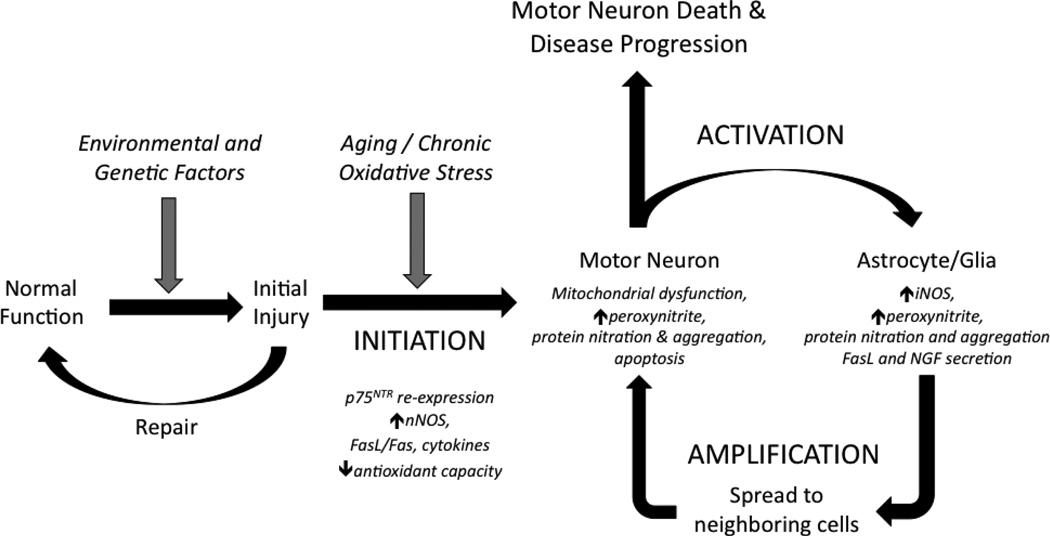Figure 3. Model of progressive neurodegeneration in ALS.
The proposed mechanism leading to motor neuron death in ALS includes three key steps: initiation, activation, and amplification. INITIATION: Cells and tissue possess effective means to repair injury, but aging or chronic stressors including oxidative stress can lead to physiological adaptations aimed to determine cellular survival. Changes including upregulation of nNOS, p75NTR, Fas, and cytokines coupled with decreased anti-oxidant capacity leave damaged motor neurons susceptible to oxidative stress resulting from increased ROS/RNS production. ACTIVATION: Neighboring astrocytes and other glial cells become hyperactive in response to mediators (FGF1, cytokines) released by motor neurons and enact an inflammatory response with induction of iNOS. Pathological changes cause motor neurons to become further damaged as the result of oxidative stress mediated by enhanced production of NO and peroxynitrite. Astrocytes become further activated, adopt a reactive phenotype, and suffer non-lethal peroxynitrite-mediated oxidative damage. AMPLIFICATION: Astrocytes amplify motor neuron damage through production of NO, cytokines, and proapoptotic factors such as NGF and FasL. Both motor neurons and astrocytes display increasing markers of pathology including protein nitration and aggregation and mitochondrial dysfunction. Feed-forward reinforcement of the activation/amplification loop via NO-mediated oxidative damage spreads damage to neighboring cells within tissue via diffusion of NO and secretion of soluble inflammatory and pro-apoptotic factors. Increasing numbers of motor neurons and glia become affected which leads to disease progression.

